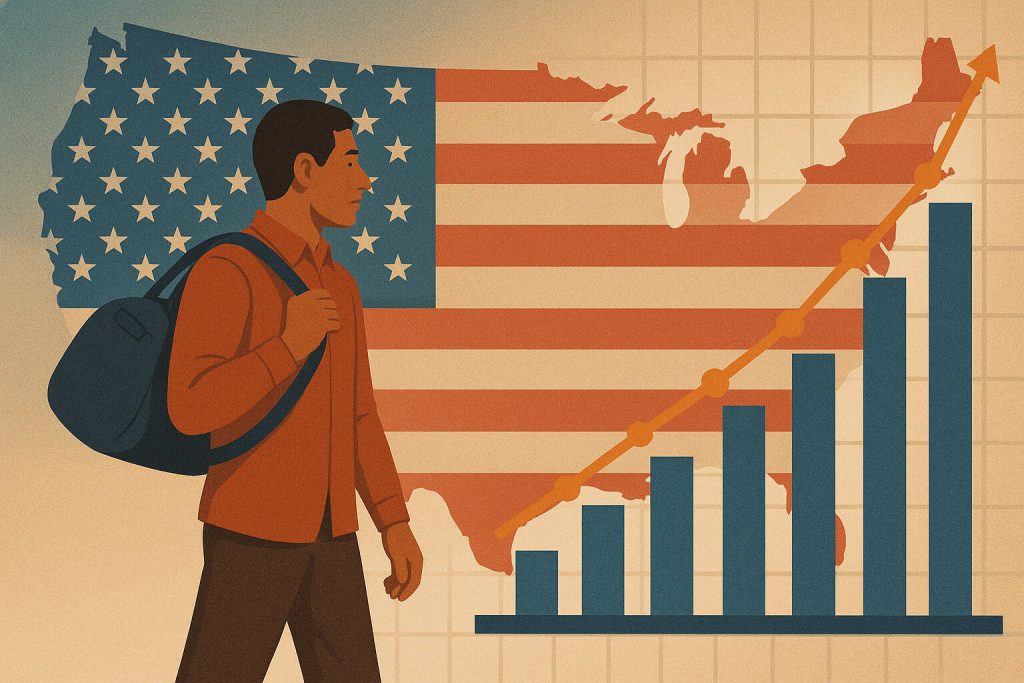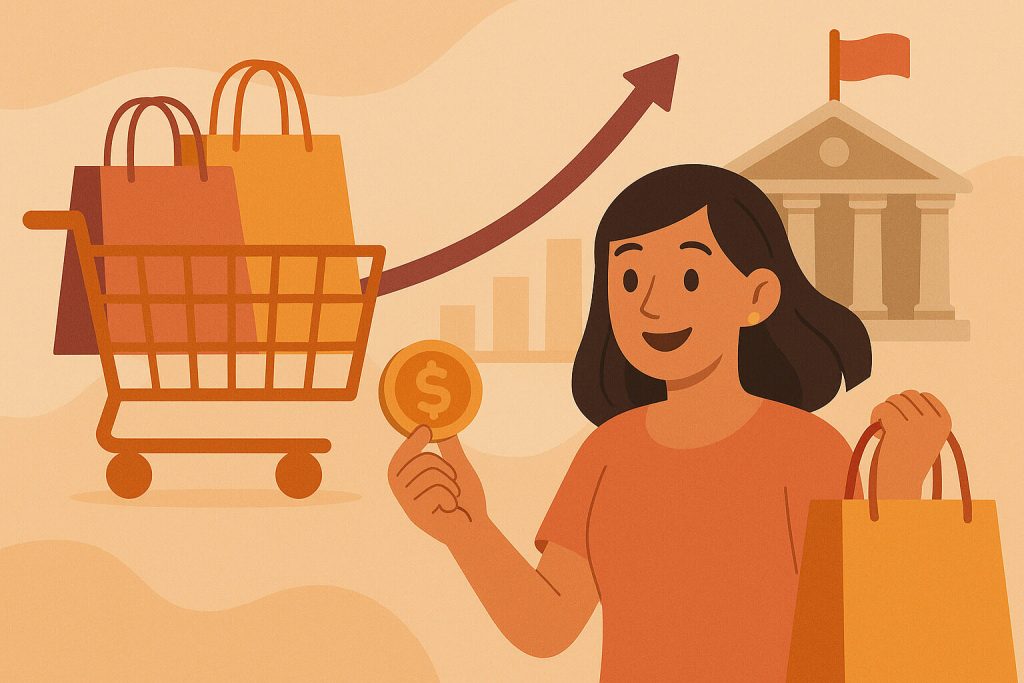
The Cry of the Common Citizen
When the gap between the wealthy and the average person widens, it’s about more than just money. It’s felt in the rising prices of goods, the quality of public services, and the very future of families. Income inequality isn’t just a data point in a report—it reflects daily life.
As the cost of living increases, many people’s incomes remain stagnant or even decrease. Minimum wage earners struggle to keep up, while those with higher earnings remain relatively unaffected. This reality fuels growing calls for policy change—not because it’s trendy, but because it’s necessary.
During times like these, movements, petitions, and community unity emerge to pressure the government to act. From local forums to viral social media posts, a collective question echoes: when will the system be fair?
Examining the Data Behind Income Inequality
Looking at the numbers, the growing income gap between the wealthiest and the poorest becomes clear. In some countries, 1% of the population controls a significant portion of the nation’s wealth. On a local level, this is visible in gated communities standing beside informal settlements.
This isn’t a matter of hard work or intelligence. Various factors worsen inequality—limited access to education, lack of job opportunities, and unfair tax systems. These factors often trap some people in cycles of poverty while expanding opportunities for others.
In the face of these statistics, silence is no longer enough. These numbers are used by advocacy groups and organizations to push lawmakers to create policies that address the root of the problem.
Giving Voice to the Affected
When income inequality starts impacting daily life, affected individuals become more vocal. In barangay meetings, radio interviews, or online discussions, a growing call for action begins to take shape.
A clear example is the rise of community pantries during the pandemic. These weren’t just relief efforts—they symbolized the lack of systemic support. Behind every shared meal was a message of unity and frustration with the system.
The number of stories and testimonials from everyday people is undeniable. When the collective voice grows louder, lawmakers can no longer ignore it.
The Role of Media in Highlighting the Truth
Media plays a powerful role in spreading awareness about income inequality. From television news to viral social media posts, the issue of poverty and the need for reform become more relatable and urgent.
For instance, a news feature about a worker unable to pay hospital bills can inspire the creation of a new bill. Sometimes, a single viral post is enough to prompt a public official to take action.
In this way, media isn’t just a reporter of events—it becomes a bridge between ordinary citizens and those in power. In truth, many policies have emerged after public exposure to the effects of an unequal system.
A Collective Action
When public clamor is sustained, it often leads to legislative proposals. Issues that deeply resonate with the majority can’t be ignored for long—especially when support is widespread and backed by evidence.
For example, in some cities, residents fought for rent control policies after housing costs skyrocketed. In others, teachers and parents united to push for increased funding for public schools. These weren’t just dreams—they became real policies through collective action.
When communities mobilize, governments are compelled to listen. The louder the outcry, the greater the pressure on lawmakers to enact meaningful reforms.
Government Response to Growing Demands
As public pressure builds, officials begin to implement initiatives to address citizens’ grievances. These may come in the form of subsidy programs, tax reforms, or cash aid for the poor.
These responses aren’t always perfect, but they are steps toward progress. Often, governments launch resolutions, consultations, and pilot programs to test the effectiveness of proposed solutions.
Transparency is key in this process. When the public knows how policies are implemented, it holds leaders accountable. This, in turn, builds trust in the reforms being introduced.
Local Action Driving Broader Change
Sometimes, change doesn’t start at the national level—it begins with local governments. A single municipality may implement an educational program that others follow.
Policies pioneered in cities become models for replication. For instance, free health clinics introduced in one province have inspired similar programs elsewhere.
These small successes may not always make headlines, but they matter. Every local policy that addresses inequality becomes a step toward the broader transformation many are hoping for.
Impact on the Economy and Citizen Well-being
When policies become more equitable and inclusive, the economic impact becomes clear. More people gain access to jobs, education, and healthcare. Opportunities expand for everyone, not just a privileged few.
This isn’t a short-term effect. When more people earn and spend, the economy moves. Local businesses thrive, and community markets become more stable.
These developments show that addressing income inequality is not just a moral duty—it’s a smart move for sustainable, long-term growth.
Raising Public Awareness
As discussions on income inequality grow, people become more aware of their rights and responsibilities. They learn to read bills, attend public hearings, and vote with purpose.
This awareness becomes power. An informed citizen is harder to deceive or manipulate. What starts as concern over one issue can lead to broader civic engagement.
When people not only feel the impact of inequality but also understand how to respond, calls for reform become more effective. And that’s how stronger democracies begin.
A Collective Effort Toward a Fair Future
Income inequality is not a challenge faced by the poor alone—it is a structural issue that impacts the entire society. When resources are concentrated in the hands of a few, it weakens the social fabric, limits economic mobility, and fosters division. Understanding that inequality can lead to widespread instability, underinvestment in communities, and diminished trust in institutions allows more people to recognize their stake in addressing the problem. This awareness helps shift the narrative from one of blame to one of collective responsibility, creating space for empathy and meaningful cooperation.
True progress happens when individuals and institutions work together to push for equitable reforms. Collective action becomes more powerful when diverse groups unite—barangay leaders who know the grassroots needs, teachers who see firsthand the effects of poverty on education, workers who live through wage disparity, students who demand a better future, and business owners who understand the value of a stable and thriving community. These different voices, when harmonized, form a louder and more persuasive demand for policies that prioritize fairness, social protection, and inclusive economic growth.
Equality is not an abstract ideal; it is a tangible goal that must be pursued through consistent, unified efforts. In the face of growing disparities, every action—no matter how small—contributes to a greater push toward justice. Whether it’s through civic participation, policy advocacy, community outreach, or public dialogue, the path to a fairer society is built one step at a time. It is through shared struggle, mutual respect, and persistent engagement that lasting change takes root and a more just future becomes possible for all.


